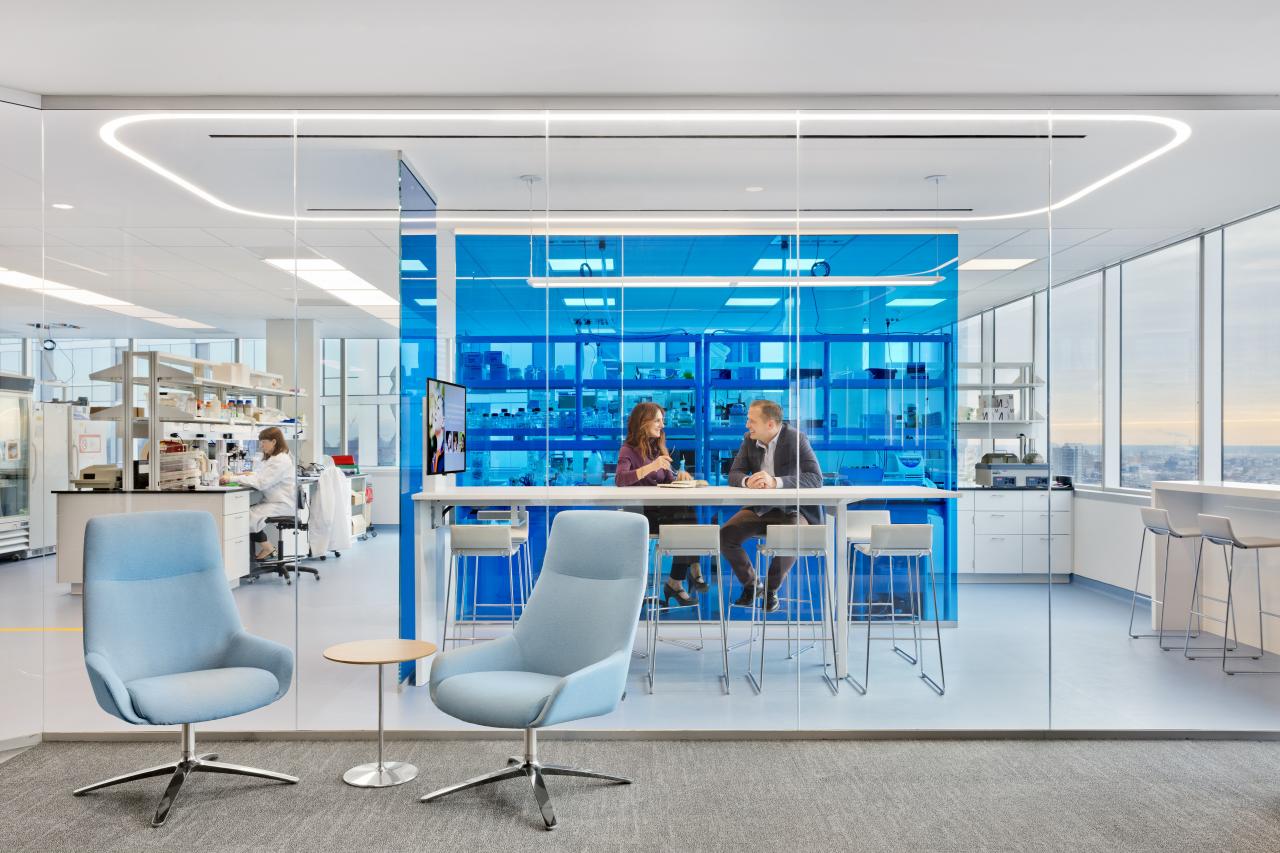
The accelerating transition to LED-based lighting is changing the dynamics of luminaire design. Traditional approaches in which components are evaluated separately to arrive at an optimal BOM are being replaced by more synergistic, system level thinking. Several trends are driving this evolution in system design, which is supported by greater collaboration between providers of LEDs and power electronics components.
The first trend is the emergence of many new competitors, concurrent with rapidly falling prices for LEDs. While LEDs historically represented a large portion of a fixtures’ cost, other electronic components – including driver, power stage ICs and LED protection devices – are becoming a more significant portion of the overall BOM. And of course, there is relentless pressure to reduce the total end product cost.
Another major trend affecting the industry is increased demand for energy efficiency. This is best addressed by a system level approach and not by focusing solely on component selection. To respond to the efficiency challenge, the on-going migration to digital control of driver ICs and power stages for LEDs provides fixture designers with much greater ability to optimize power conversion.
Lastly, as LED-based luminaires become pervasive across multiple segments and different lighting sub-applications, there is enormous pressure to simplify the design process. To best address the widest number of market opportunities, fixture designers need to shorten development cycles. This is addressed by the emergence of simple and easy-to-integrate LED and power modules that reduce the level of complexity in design of the lighting element.
The flexibility to drive LEDs at different drive currents and different configurations, thus forming luminaires in different shapes and sizes than possible with traditional light sources, provides an opportunity for disruptive innovation in lighting. Yet this flexibility poses unique challenges for driver design. Until some level of standardization takes hold, each individual design requires custom drivers. The relative immaturity of control schemes related to dimming and other feature requirements can make driver design overly complicated and expensive. The application itself poses several challenges, whether it is outdoor wall-washing lights, or indoor down-light solutions driven from AC mains or from a DC bus or power-supply.
With these concerns in mind Infineon developed .dp, a Digital Power 2.0 generation of digital and intelligent LED driver ICs used in combination with state-of-the art power stages. The internal structure of the controller is built around a programmable Digital Signal Processor core, combined with optimized power-management and protection peripherals (Figure 1).
Figure 1. High-level digital LED driver IC architecture
High level integration as well as programmability offers several advantages, beginning with flexibility. Designers can employ several different drivers at different drive currents, and take advantage of features such as support of 0-10V interfaces and DALI interface compatibility. The LED driver can handle AC mains variants as well as DC input voltages in several different topologies such as boost, buck, fly-back, etc. Designs can easily be adapted through firmware changes, supporting fast time-to-market for variants of an original design for product line or market segment extension. Diagnostics and command-and-control (e.g. read out sensors, NTS, etc.) are greatly improved due to the digital nature of the part. Advanced controls support time based correction to prevent lumen degradation of a fixture and temperature compensation during color mixing to obtain desired colors or tunable white light. Fixture designers can add customized control code to support unique features, with the added code protected from reverse engineering efforts by security features that prevent readout of memory content.
With continued evolution of designs and manufacturing advancements, LED components will continue to increase in efficacy and light output. Manufacturers such as Philips Lumileds continue to innovate in response to the dynamic demands of the market. The vast selection of options and the introduction of more and more application specific LED components offer luminaire manufacturers multiple opportunities for innovation in such areas as energy consumption, light output, and lifetime claims to name only a few.
Let’s take the example of LED-based downlight fixtures. In the recent past, downlights were mostly constructed with a serial string of high-power LEDs, which meant relatively high drive current at relatively low forward voltage. Some manufacturers evolved this design by adopting CoB (Chip on Board) solutions with various current/voltage configurations depending on the serial/parallel configuration of the particular product. Today it is possible to construct downlights using an array of mid- or even low-power LEDs, introducing yet another long list of configurations and options. In all cases, the traditional design approach for these solutions quite likely involved re-design of the LED driver. This introduces cost and time-to-market complexity in terms of establishing design reliability, and conforming to fire and safety regulations around the globe. This complexity is eliminated with newly available, second generation digital power and power stage devices. Reconfiguration now is managed by simply re-programming the DSP based system to provide optimal efficiency at many Vf/If configurations.
Another example would be a luminaire manufacturer’s effort to expand across market segments, say from residential to professional and even industrial applications. While system geometries may be similar, retail price, light output performance or warranty requirements may be different. To address each segment successfully, it is desirable to minimize the number of fixed system sub-components and have the ability to simply change operating parameters. Taking the previous example of the downlight, let’s compare a residential with a professional solution. The usage profile in a private residence is completely different compared to a hotel hallway. The residential user is mostly interested in the initial cost to purchase whereas the hotel manager focuses on total cost of ownership. In this scenario the luminaire manufacturer may choose two different light engines – one low cost, the other high efficacy and high reliability – which usually require different driver configurations as well. With a programmable base product, the same driver subsystem with the appropriate firmware can be deployed to satisfy both scenarios with minimal design and qualification effort.
Yet another value of DSP-based programmable LED driver sub-systems is end of line calibration. Consider a luminaire that is exchangeable with its own kind, but due to uniformity reasons can’t differ from others in light output over its expected lifetime. In retail store lighting, where merchandise is illuminated by highly specialized lamps and luminaires, it is essential that newly added or replaced light sources have the same visual output as those already installed. There are two factors to consider in this case. First is the light output degradation over time. This can be compensated for by ever so slowly increasing the drive current based on either a pre-programmed or default current compensation curve, or by custom compensation patterns based on specific applications or needs. Secondly, as LED components keep improving in efficacy later versions of the same luminaire may require less current to achieve the same light output. At the same time lower currents mean lower stress and aging which in turn will have an impact on the long term lumen output stability – hence the light output compensation algorithm may need to be slightly adjusted as well.
In conclusion, market trends and the wider adoption of LEDs pose new challenges and open the doors to new market opportunities in the lighting industry. The trends include increased pressure to reduce system costs, the continuous increase in demand for energy efficiency and growing complexity of system design. To address these needs, the industry requires solutions to drive the LEDs that are flexible and that enable modular designs. The flexibility enabled by parameter setting or firmware changes can be leveraged at different stages of the product development or at different stages of production flow. Advanced controls such as time based correction, temperature compensation or end of line calibration can be implemented either through predetermined characteristics curves of LEDs or by sensing relevant parameters at the application level. Lighting designers should look to both LED and driver-IC manufacturers for components and modules that support a system level approach. This will allow them to take advantage of the full potential for innovation that LEDs bring to lighting at different levels of the supply chain and ultimately in the hands of the final customer.


